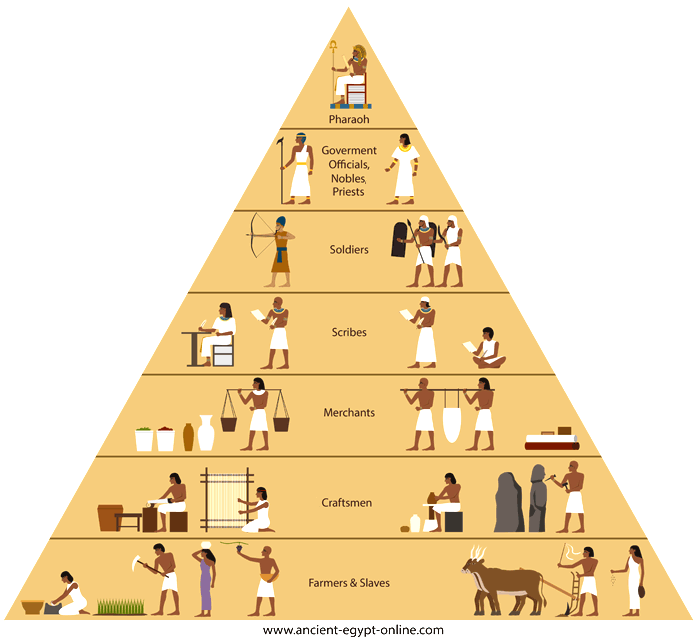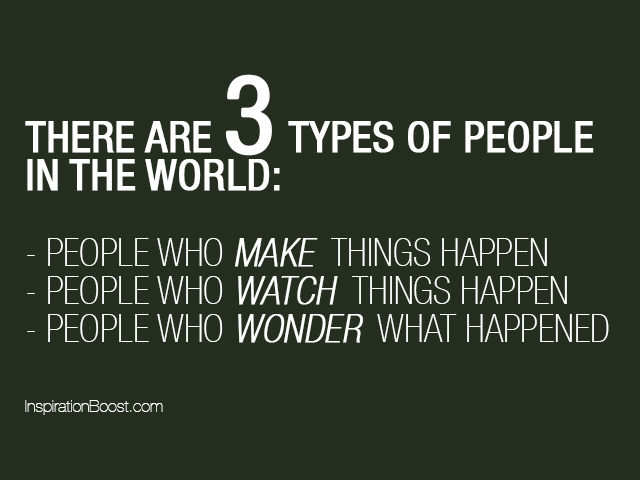ARE YOU UPPER, MIDDLE, OR LOWER CLASS? – A Different Perspective To Consider On The Modern Class System

Social Class
From Wikipedia, the free encyclopedia“Class system” redirects here. For the role-playing game concept, see Character class.Social class (or, simply, class), as in class society, is a set of concepts in the social sciences and political theory centered on models of social stratification in which people are grouped into a set of hierarchical social categories,[1] the most common being the upper, middle, and lower classes.
Class is an essential object of analysis for sociologists, political scientists, anthropologists, and social historians. However, there is not a consensus on the best definition of the “class”, and the term has different contextual meanings. In common parlance, the term “social class” is usually synonymous with “socio-economic class”, defined as “people having the same social, economic, or educational status”, e.g., “the working class“; “an emerging professional class”.[2] However, academics distinguish social class and socioeconomic status, with the former referring to one’s relatively stable sociocultural background and the latter referring to one’s current social and economic situation and, consequently, being more changeable over time.[3]
The precise measurements of what determines social class in society has varied over time. According to philosopher Karl Marx, “class” is determined entirely by one’s relationship to the means of production (their relations of production). The classes in modern capitalist society, according to Marx, are the proletariat, those who work but do not own the means of production; and the bourgeoisie, those who invest and live off of the surplus generated by the former. This contrasts with the view of the sociologist Max Weber, who argued “class” is determined by economic position, in contrast to “social status” or “Stand” which is determined by social prestige rather than simply just relations of production.[4]
The term “class” is etymologically derived from the Latin classis, which was used by census takers to categorize citizens by wealth, in order to determine military service obligations.[5]
In the late 18th century, the term “class” began to replace classifications such as estates, rank, and orders as the primary means of organizing society into hierarchical divisions. This corresponded to a general decrease in significance ascribed to hereditary characteristics, and increase in the significance of wealth and income as indicators of position in the social hierarchy.
Source (Read More): https://en.wikipedia.org/wiki/Social_class

Moral Of The Story (An “Eye In The Sky” Perspective To Consider)

Welcome Home!
Class is in session, the writing is on the wall, and due to the fact that The “P” remains at the top of the food chain as indicated in the featured header image as a popular class system model from Ancient Egypt that influenced many subsequent civilizations including but not limited to modern western civilization, we can definitely conclude that one has a definite sense of high class through the willingness and ability to share some valuable classroom lesson sessions with you as a valued viewer.
See You @ The Top!
A different perspective to consider.





